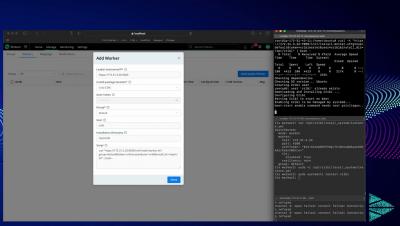Six Key Observability Principles for Understanding Modern Applications
The rise of modern applications has kicked basic monitoring tools to the curb. With observability, teams can proactively know, in real-time, what’s happening across the entire stack. Observability allows us to take a holistic view of our IT systems and learn about the current state based on the environment and the data it generates. But how do you properly implement observability? Here are 6 guiding principles to make sure your IT and DevOps teams are set up for success.






